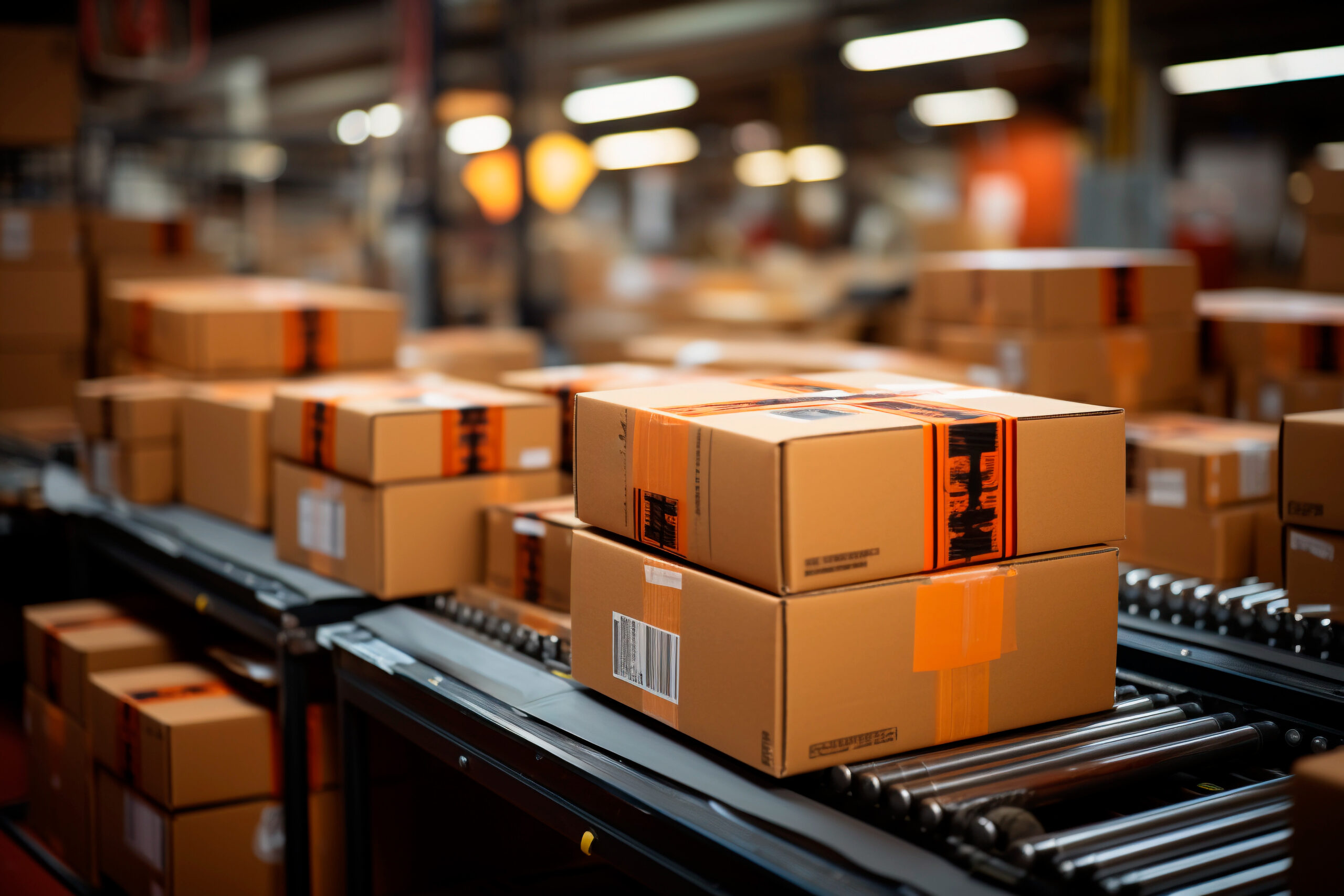How to Improve Cannabis Supply Chain Management in Today’s Market
The cannabis industry is roughly a $90-billion domestic market expected to grow 20% yearly. According to the industry research group New Frontier Data, that’s $30 billion in growth by 2025. This growth is further exacerbated by Congressional efforts for reform and federal legalization, which would undoubtedly open new opportunities around the country but further strain an already struggling supply chain. However, it represents an incredible emerging-market opportunity for those in the logistics, supply chain, and procurement space with the experience, tools, and technology to streamline and support such a high-growth industry during a time of increasing shortages and lead times combined with decreasing budgets and staffing.
What Are the Main Supply Chain Challenges?
Like any other industry, the cannabis industry is feeling the effects of the supply chain crunch. In its infancy, the industry’s biggest issue was lack of supply. Now, with more than enough domestic supply and variations, the product is no longer the problem. The prominent supply chain issues most suppliers face are packaging material shortages from overseas and increased lead times.
Although not unique to the cannabis industry, purchasing packing materials overseas currently presents unique challenges due to rising fuel costs, increased transportation costs, and longer lead times. Increased demand, limited capacity, and a lack of intelligent inventory control and forecasting are squeezing cannabis companies across the supply chain. According to NCS Analytics, “Transpacific shipping fees are eight to nine times higher than the pre-pandemic norm and are taking two to three times longer, up to 90 days longer, to arrive.”
Domestic freight rates rose by over 36% in Q4 2021 and continue upward due to rising energy costs, increasing trucker shortages, and higher consumer demand for at-home deliveries. Additionally, many businesses in this industry continue to source packaging materials from only one supplier and usually don’t communicate needs until it’s too late! This can create what is known as the Bullwhip Effect and results in large surpluses of inventory, leading to excess procurement and storage costs or shortages, stockouts, and no packaging materials.
Cannabis and Hemp Supply Chain Solutions
Several solutions exist that can help flatten the curve and curb costs while keeping prices to the end consumer low, and it starts with inventory control and forecasting. Businesses with inventory simply cannot function efficiently if they don’t know what they have at any given time or where to establish reorder points if they don’t track historical sales. Operators need to leverage available automated technology solutions to keep real-time track of their inventory and provide critical data to fuel more accurate decision-making. Using the historical sales and inventory data, days of stock on hand, sell-through rate, and cost over time—to name a few key points—will aid in more accurate forecasting and reorder points. Depending on the size and budget considerations of the organization, numerous turn-key solutions are available like a SaaS or cloud-based inventory solution, a more complex all-inclusive ERP solution, or one that can be custom-built from the ground up.
Cannabis companies must make it standard practice to include multiple vendors for packaging materials throughout the supply chain. Regular communication and proper expectations on pricing and lead times with cannabis supply chain companies are essential to ensure packaging materials arrive on time and within budget. In some cases, deposits can be made well in advance of ordering to secure necessary quantities and lock in pricing, especially as prices and lead times continue to increase. It’s simple; if one vendor can’t meet demand, the organization has several others. Procurement can simply spread the need over multiple vendors to mitigate or avoid stockouts and help keep prices low.
Takeaway
Cannabis companies must rely more on supply chain innovations to succeed and meet exponential growth and soaring consumer demand. Pre-pandemic, newer businesses were successful in spite of themselves and their antiquated inventory and supply chain management techniques.
Today, increasing consumer product demand coupled with rising energy costs, transportation, labor, and materials shortages are forcing organizations to reexamine their supply chain and create solutions for packaging material challenges. Leaders in the cannabis and hemp supply chain industry rely on automated inventory control, management, and ERP systems that utilize key data to drive forecasting and reordering of packaging materials. These technologies allow these companies to run leaner while mitigating supply issues and stockouts. Emerging companies looking to enter the cannabis industry and smaller existing businesses will need to pay close attention to their supply chain to be successful and scale their businesses.




